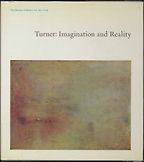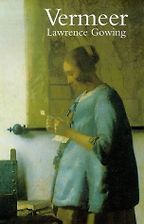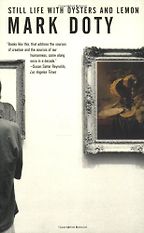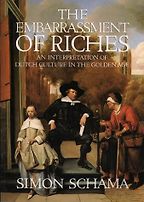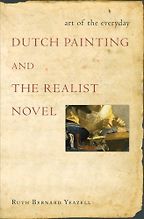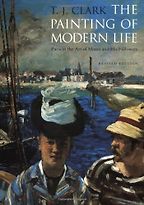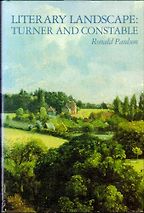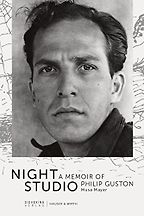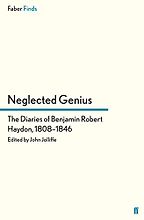Books by Lawrence Gowing
“Lawrence puts this book together really beautifully. It’s the best thing ever written that I’ve ever read about art.” Read more...
Andrew Graham-Dixon on His Favourite Art Books
Andrew Graham-Dixon, Art Historians, Critics & Curator
“Gowing adopts what you might describe as a formalist aesthetic approach to characterising the power of these paintings” Read more...
The best books on The Dutch Masters
Adam Eaker, Art Historians, Critics & Curator
Interviews where books by Lawrence Gowing were recommended
-

1
Still Life with Oysters and Lemon: On Objects and Intimacy
by Mark Doty -

2
The Embarrassment of Riches: An Interpretation of Dutch Culture in the Golden Age
by Simon Schama -

3
Vermeer
by Lawrence Gowing -

4
Rembrandt's Enterprise: The Studio and the Market
by Svetlana Alpers -

5
Art of the Everyday: Dutch Painting and the Realist Novel
by Ruth Bernard Yeazell
The best books on The Dutch Masters, recommended by Adam Eaker
The best books on The Dutch Masters, recommended by Adam Eaker
The past may be a foreign country, but the world portrayed in the art of the Dutch Masters is not so very far from our own, says Adam Eaker of the Metropolitan Museum of Art in New York. For a society that struggles with materialism and consumption, there are a lot of lessons to be learnt from the 17th century Golden Age.
-

1
Turner: Imagination and Reality
by Lawrence Gowing -

2
The Painting of Modern Life: Paris in the Art of Manet and His Followers
by T J Clark -

3
Literary Landscape: Turner and Constable
by Ronald Paulson -

4
Night Studio: A Memoir of Philip Guston
by Musa Mayer -

5
Neglected Genius: The Diaries of Benjamin Robert Haydon, 1808–1846
by Benjamin Robert Haydon
Andrew Graham-Dixon on His Favourite Art Books
Andrew Graham-Dixon on His Favourite Art Books
Art critic Andrew Graham-Dixon takes us through his favourite art books, one of which is the best thing he has ever read about art. He contends that Monet is a follower of Turner, reflects on how the purpose of history of art has changed, and introduces us to the diaries of an “astonishingly bad” painter which reveal him to be one of the nineteenth century’s greatest prose writers.
